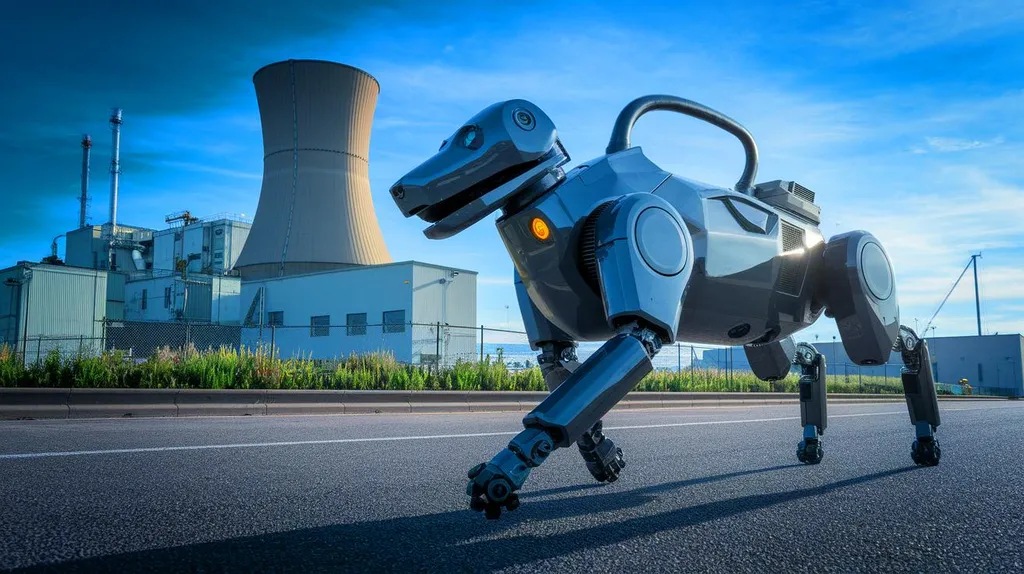In the high-stakes world of nuclear energy, precision and safety are not just buzzwords—they are the lifeblood of operations. Imagine a future where robots, guided by sophisticated object-oriented systems, meticulously assemble and disassemble components in nuclear reactors with unparalleled accuracy. This is not science fiction; it’s the focus of groundbreaking research led by Wenxing Liu at the UK Atomic Energy Authority.
Liu’s work, published in a journal called ‘Big Data and Cognitive Computing’ (which translates to ‘大数据与认知计算’ in Chinese), delves into the intricate world of nuclear robotic remote operations. The goal? To enhance the precision, reliability, and safety of handling radioactive materials and maintaining reactor systems. “Object-oriented assembly and disassembly operations are crucial in nuclear applications because they help manage complexity, ensure precision, and enhance safety and reliability,” Liu explains. “These factors are paramount in the demanding and high-risk environment of nuclear technology.”
The nuclear industry is no stranger to innovation, but the integration of object-oriented systems into robotic operations represents a significant leap forward. Traditional methods often fall short in the face of the extreme conditions and high stakes involved in nuclear work. Liu’s research highlights the challenges and current methods, paving the way for future advancements.
So, what does this mean for the energy sector? The implications are vast. Enhanced precision in assembly and disassembly operations can lead to more efficient reactor maintenance, reducing downtime and increasing overall productivity. This, in turn, can lower operational costs and improve the reliability of nuclear power plants, making them a more attractive option in the quest for sustainable energy solutions.
Moreover, the safety benefits cannot be overstated. Nuclear accidents, though rare, have catastrophic consequences. By leveraging object-oriented systems, the risk of human error is minimized, and the safety of both workers and the environment is significantly improved. This could be a game-changer in gaining public trust and support for nuclear energy, a critical factor in its future development.
Looking ahead, Liu’s research opens up exciting avenues for future exploration. As technology continues to evolve, the integration of artificial intelligence and machine learning could further revolutionize nuclear operations. Imagine robots that not only assemble and disassemble components with precision but also learn from each operation, continuously improving their performance.
The energy sector is on the cusp of a technological revolution, and object-oriented assembly and disassembly operations are at the forefront. Liu’s work is a testament to the potential of this approach, offering a glimpse into a future where nuclear energy is safer, more efficient, and more reliable than ever before. As we stand on the brink of this new era, one thing is clear: the future of nuclear energy is looking brighter—and safer—than ever.

